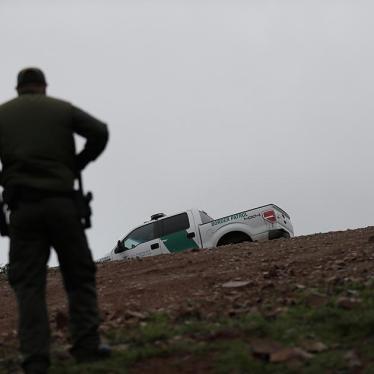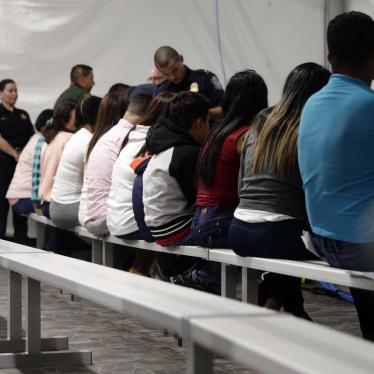A second death this month in United States immigration custody raises disturbing questions about a system we know has failed to protect asylum seekers and other immigrants in its care over and over again. On Tuesday, Roylán Hernández-Díaz, a 43-year-old Cuban man, died in a detention center in Richwood, Louisiana, according to US Immigration and Customs Enforcement (ICE) and multiple news sources. His death came just nine days after the death of Nabene Abienwi, an asylum seeker from Cameroon, in ICE custody in California.
According to ICE, Hernández-Díaz came to a US port of entry on May 20 and entered ICE custody two days later. His wife told Buzzfeed News that Hernández-Díaz had applied for asylum because he had spoken out against the Cuban government and tried to leave the country multiple times. She said as a result, he had served nine years in prison.
After passing the “credible fear interview,” the initial stage for asylum screening, he requested “parole,” or release, while his case was pending. But – like the overwhelming majority of asylum seekers held in the South – he was denied. As a result, Hernández-Díaz stayed detained for months in one of three privately run jails that only began holding immigration detainees this year, in a state where there are few immigration attorneys and where immigration judges deny nearly all asylum cases.
A federal judge in September issued a preliminary injunction against denying parole without an individualized determination. It’s unclear if Hernández-Díaz received an individualized determination as required.
In response to his continued detention, Hernández-Díaz began a hunger strike just a few days ago, one of dozens of immigrants in detention in recent years who have taken this desperate step to draw attention to their continued detention, isolation, and poor treatment.
Other immigrants in detention reported ICE put Hernández-Díaz into segregation or “solitary confinement” in response. Under the most recent detention standards, people on hunger strike are to be put under medical observation, and only moved to isolation for medical reasons. Disciplinary segregation for a hunger strike would be unwarranted, but unsurprising. ICE has a history of misusing segregation, particularly for people with mental health conditions, and a corresponding track record of people dying by suicide after abysmal mental health care.
Hernández-Díaz came to the US seeking protection. Instead, he found an administration determined to make an already broken system even more indifferent toward human rights.









